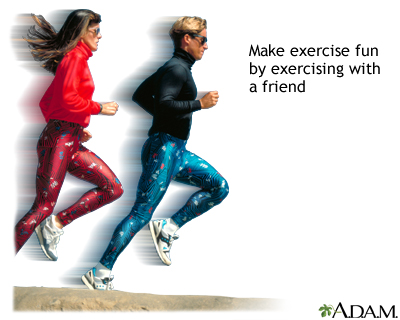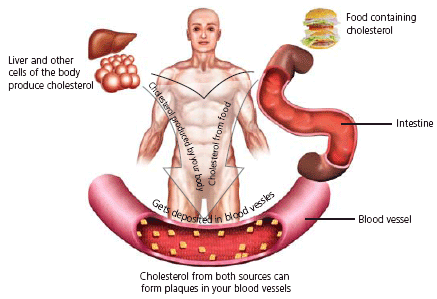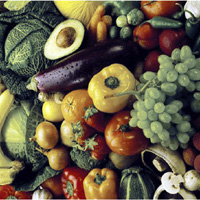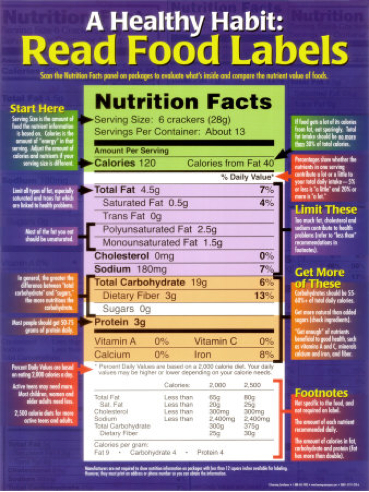
By Theresa Byford
I believe in eating healthy and staying fit, but I also believe everything needs to be done in moderation. If we restrict ourselves completely from everything we love to eat, we end up over indulging ourselves later and regretting it. So if chocolate is your thing or vanilla ice cream or what ever you fancy. I say its okay to have a little here or a little there.
Exercise: There are all kinds of ways to get your exercise. Don't make the mistake of doing the same exercise routine day in and day out. You will get bored! Walk in your neighbor hood, walk down town, or maybe you have a park near by that has trails. Do some stretching exercises, start out slow, they will help loosen up tight muscles and improve joint movement. Later you can add some weights if you would like. You might try putting some tunes on and dance around the living room. The secret is to make exercise fun.Here are a few health tips that I have picked up, some recently and some that I have known for a while. Hope that you will find some of these tips useful in your quest in becoming a healthier you.
Phosphoric acid an additive found in soda is believed to remove calcium from your bones and cause tooth decay. When girls and boys bodies are changing into young adults as we all know their hormones change which causes skin break outs and mood swings, but did you know it also causes more plaque to build up on their teeth then when they were younger. Another reason to push our teens to brush their teeth. They will be grateful to us later.
We are all looking to burn more fat when we exercise: Start your morning off with whole grains, such as oatmeal, whole grain toast or bran cereal. They have "slow release" carbohydrates which can help you burn fat, according to a new study in the Journal Of Nutrition.
Weight bearing exercise helps our body absorb calcium. You can take all the calcium you want but with out exercise and vitamin D your body will not absorb the calcium. You can get vitamin D from leafy green vegetables, most milk also is fortified with vitamin D these days, there's also vitamin D supplements or you can spend fifteen minutes in the sun a day with out sunscreen. Exercise is great way to lower your risk of heart disease and certain cancers, including breast cancer. Exercise also helps reduce stress, which is an important factor in our health.
Another way to reduce stress is to take time out for ourselves. Read a book or take a nice warm bubble bath, turn the lights off and light some candles, or just watch a good movie. We can't just depend on exercise and some relaxation though to keep us healthy, we need to also follow a healthy diet. Avoid processed foods they are very high in salt, avoid foods that are high in fat, and last but not least avoid too much sugar. Always read labels and don't forget everything needs to be done in moderation.
Hello Everyone, My name is Theresa, I live in Northern California, just South of the Oregon boarder. I am surrounded by beautiful mountains and lakes. The winter is very cold, spring is comfortable and summer is toasty hot. I am engaged to a wonderful, handsome prince. Between the two of us we have five wonderful children and one grandson. We have a dog named Honeybear and two cats River and Baby. I enjoy cooking, reading, hiking, camping and spending time with family and friends. Check out my blog at http://www.eatinghealthydiet.net


































